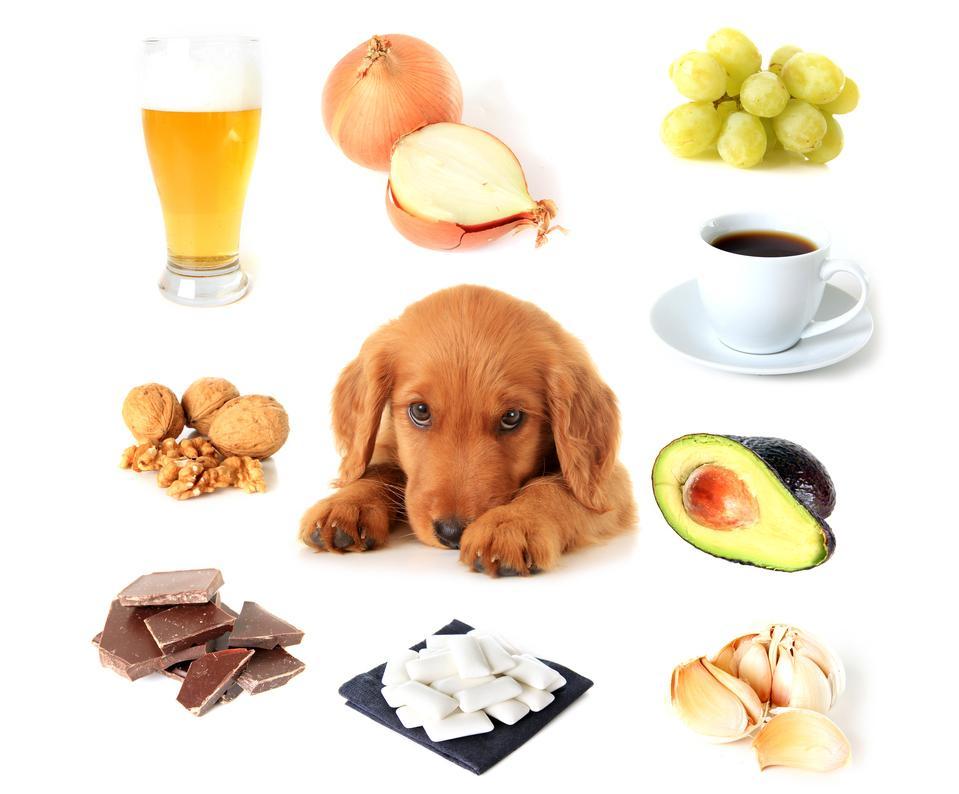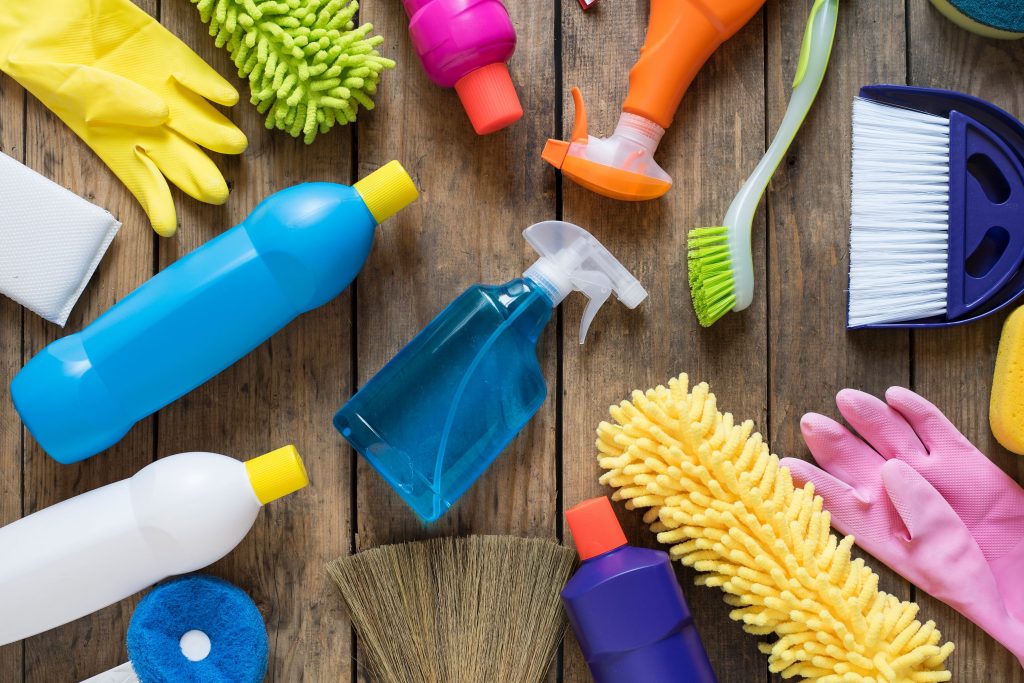“Taking care of pets is exactly same as taking care of your toddlers. The only difference is they grow and get mature while pets grow and get old.”
Being a pet parent we need to be very cautious even at our own home. Because pets tend to sniff anything and everything before they attack on things or even to get away from it.
Common Food items that are Poison:
You might be preparing for treat at your home and the ingredients that are must have an element of poison to your pet like Yeast, Chocolate, Caffeinated Drinks, Alcohol, Garlic, Chocolates, Coffee, Coconut water, Coconut, and Onions.

Also, never keep cooked food near your pet he may try to gobble it while you are eating.
The Myth – You think milk is a pet’s favorite food product. NO. You should avoid milk in any of his diets. They cannot properly digest it due to lack of lactase enzyme.
Common things in your household – A Threat
Your home is place of comfort. But, various things like Petroleum Jelly, Bath Soap, Face Wash, Tooth Paste, Cigarettes, E-cigarettes, and lipsticks are major threat to your pet’s health and they are the most common things that are attacked by your pet due to it’s sweet-smelling ingredients and irresistible sniffing habit.

The Myth – People consider all the household items to be good toys for them to play. But NO.
Plants are a Danger
We can be vegan but pets cannot. Pets find greenery attractive but consuming leaves is a big harm and a complete toxic to their body. The oil and the moisture from the natural leave disturb the digestive cycle of your pet. Though there are so many toxic plants to your pet but these few are the commonly found in the neighborhoods and in the households. Avoid all these.
Autumn crocus, Daffodils, Lily of the valley, Lilies, Oleander, Sago palm, Tulips, Azalea, Cyclamen, Hyacinth.
P.S – If you love to keep your backyard or front yard with all the greens then keep fertilizers and herbicides away from your pet.
Ways in which your pet is consuming the toxics:
Ingestion:
Pet’s have the inbuilt habit of sniffing everything to understand the surroundings but this is the most common way where they inhale chemicals through respiratory organs and affect themselves.
“Keep all such items at a higher level to protect them from sniffing”
Direct Skin:
Pet’s have the most sensitive skin it can absorb the toxics despite having a thick coat and they directly affect to their body. Also, their habit of paws is really dangerous for them.
“Be completely aware of items affecting their skin”
Ingestion:
Before they seek your permission to eat the items on the ground it’s already in their mouth, chewing well. That’s where you need to be alert and train well with your commands to prevent bad intake and from any major disease.
“Be sure of everything you keep and it should not be edible”
Secondary Ingestion:
No matter how well you feed them with all non-veg items; be sure that they are not injected with chemicals or have consumed any kind of toxics.
“You can always shop the right Pet food to keep them happy and healthy”
So, don’t ever take a fence down until you know why it was put up.


